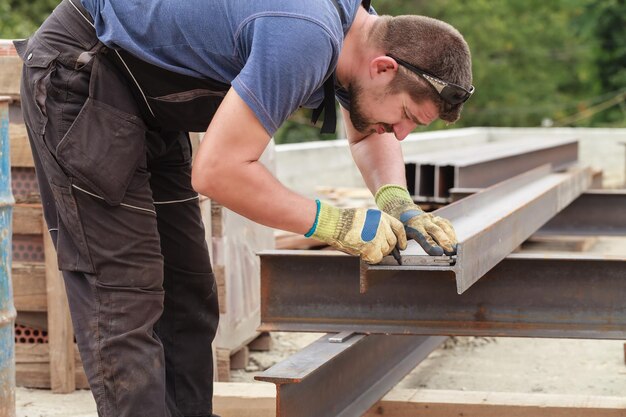How to Determine the Time Needed for a Roof Replacement
The roof above your head is crucial in protecting your home and providing shelter, but just like everything else, it eventually requires replacement. One common question among homeowners is: How long does it take to replace a roof? Understanding the typical timelines can help you plan effectively and minimize the disruption that comes with such significant home renovations.
Factors Affecting Roof Replacement Time
The duration for replacing a roof can vary widely depending on several factors:
Size of the Roof: Larger roofs naturally require more time to replace. A small, single-story home might take just a day or two, while larger or more complex structures could take a week or more.
Type of Roofing Material: Different materials have varying installation times. Asphalt shingles are relatively quick to install, while tiles or slates can take longer due to their need for precise placement and additional structural adjustments.
Weather Conditions: Weather can significantly impact roofing projects. Ideally, roof replacements are scheduled during dry and mild periods. Rain, snow, or high winds can delay the process considerably.
Complexity of the Roof: Roofs with steep pitches, numerous valleys, or architectural features require more time and effort than a simple, flat roof.
Old Roof Removal: If your old roof needs to be removed instead of retopped, this adds additional time to the process.
Planning for a Smooth Roof Replacement
To ensure a smooth and timely roof replacement, consider these essential steps:
Hire a Professional Contractor: Having an experienced, reputable roofing contractor can ensure that your project stays on schedule and within budget.
Budget for Possible Delays: Always plan for contingencies in both time and budget. Unexpected delays can happen, and being prepared can save stress and additional costs.
Stay Informed: Understanding the scope of work and receiving regular updates from your contractor can help manage expectations and adjustments.
Exploring Financial Help for Roof Replacements
Roof replacements can be a costly affair, often unexpected and financially straining for many homeowners. Fortunately, there are several resources available to help manage these expenses.
Government Aid and Financial Solutions
FHA Title I Loans: The Federal Housing Administration provides loans for home improvements, including roof replacements.
Weatherization Assistance Program: A government program focused on improving energy efficiency for low-income households, which can sometimes cover roof replacement.
Tax Credits: On certain energy-efficient roofing products, you might be eligible for local or federal tax credits.
Home Equity Lines of Credit (HELOC): Using your home equity as collateral, HELOCs can be useful for covering major home renovations like roof replacements.
Practical Tips for Managing Roof Replacement Costs
Keeping costs down can significantly reduce the financial stress of a roof replacement:
💡 Get Multiple Bids: Obtain quotes from several contractors to ensure you're getting a fair price.
💡 Consider Material Options: Sometimes choosing a different material can save money without compromising quality.
💡 Negotiate Payment Terms: See if your contractor offers flexible payments to ease the financial burden.
When facing the prospect of replacing a roof, being informed and prepared financially can make a substantial difference. With the right planning and resources, your investment can be more manageable, allowing for peace of mind below your newly replaced roof.
🔑 Financial Resource Highlights:
- FHA Title I Loans 📋
- Weatherization Assistance Program 🌦️
- Energy Efficiency Tax Credits 💰
- Home Equity Lines of Credit (HELOC) 🏡
These programs can offer significant help in easing the financial load, ensuring your home remains a safe and comfortable haven.
